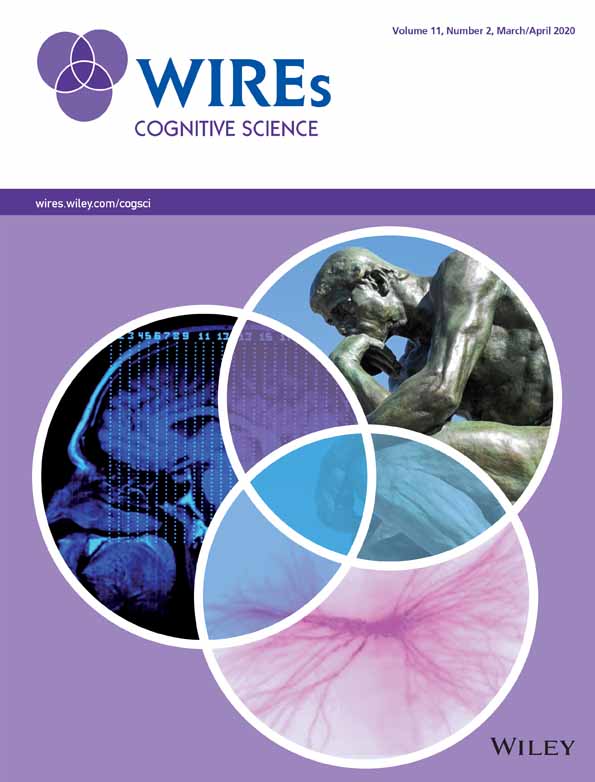Speech sound contrasts differ along multiple phonetic dimensions. During speech perception, listeners must decide which cues are relevant, and determine the relative importance of each cue, while also integrating other, signal‐external cues. The comparison of cue weighting in perception and production bears on a range of theoretical issues including the processes underlying sound change, the time course of learning, the nature of cues, and the perception‐production interface. Research examining the relative alignment of cue weighting across the modalities, on both a community and individual level, has revealed both parallels and asymmetries between the modalities. The extraordinarily wide range of ways that have been used to conceptualize and quantify cue weights reflects the inherent theoretical, methodological, and analytical differences between the two modalities. More consideration of the choices of analytical metrics, explicit discussion of the theoretical assumptions that underlie them, and systematic investigations of different types of cues will lead to more generalizable findings that can be incorporated into computational implementable models of speech processing.
Publication Type
- Article



